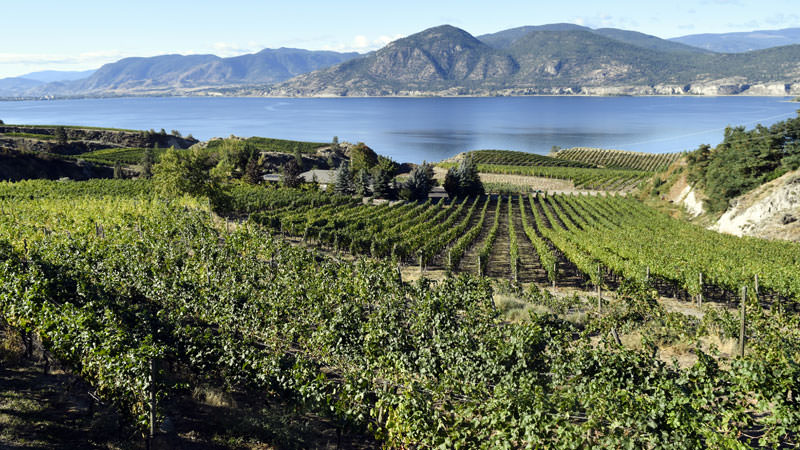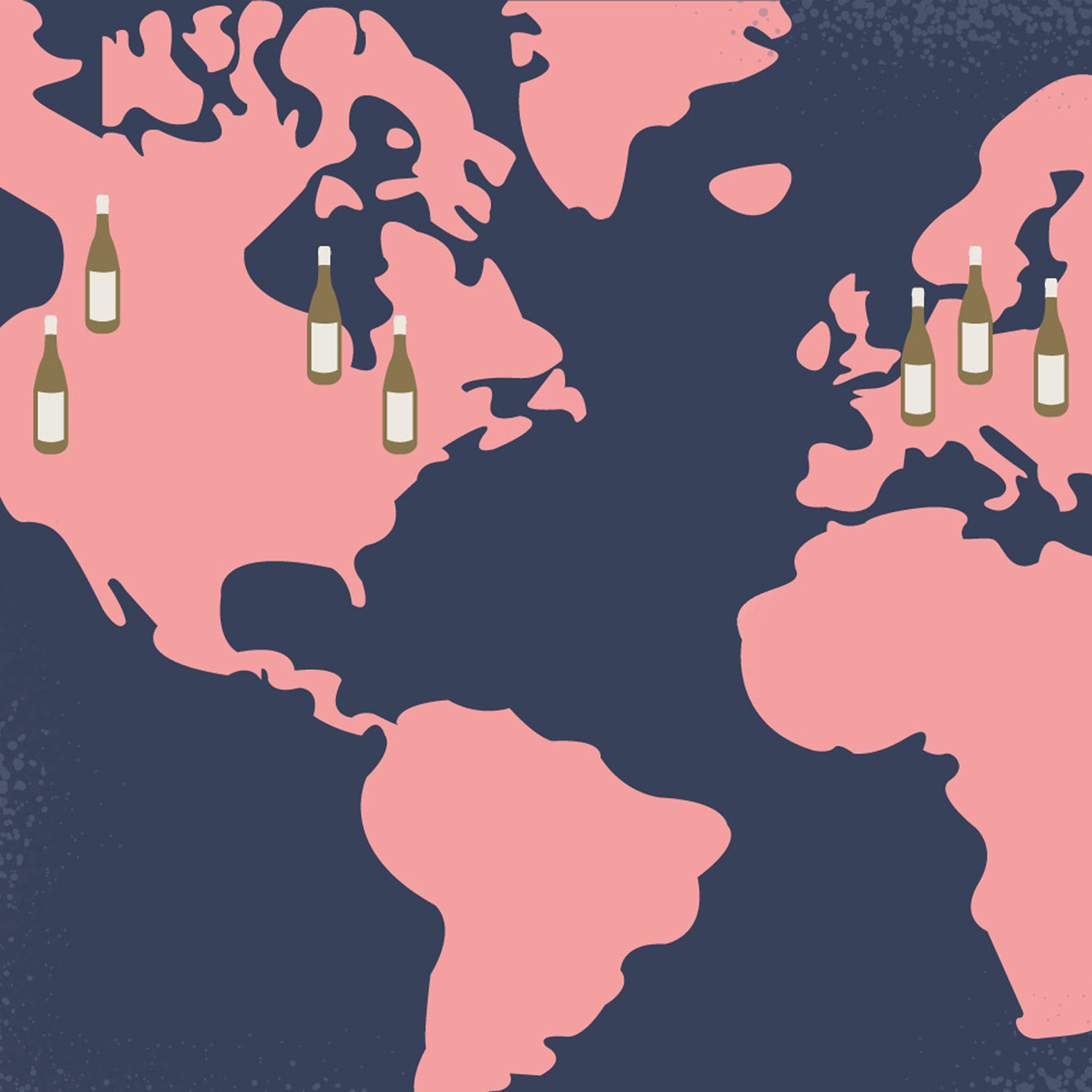There’s an interesting dichotomy when it comes to German Riesling. In the 1980s, the once-fashionable wine fell out of favor with international consumers after well-known producers started over-cultivating vineyards and over-seasoning wines with residual sugar. It wasn’t long before the off-dry style became synonymous with poor-quality plonk.
Yet it is exactly this residual sugar that enables the nation to produce excellent, age-worthy wines — all it takes is a more careful hand. Germany’s cool climate, coupled with the high acidity of its native grape, means that a certain amount of sweetness is vital to balance wine. In acidic whites, and in the absence of tannins, residual sugar is also essential for preserving freshness, allowing bottles to age for decades.
Riesling is made in a number of styles worldwide — still, sparkling, dry, and sweet — using a host of techniques. The versatile Germanic variety is “exceptionally good at expressing terroir,” wine luminary Jancis Robinson says. As such, the aroma and flavor profiles of its wines vary notably between soils, altitudes, microclimates, and vintages. The highest-quality fruit comes from cool and temperate regions, where lower temperatures prolong ripening time and, importantly, help grapes maintain their characteristic acidity.
Riesling is known for displaying a perfumery of appetizing and occasionally odd aromas, ranging from wet stone to subtle gasoline. Its grapes benefit from prolonged, cool fermentation and, generally speaking, aren’t blended or aged in oak. Steely acidity makes Riesling exceptionally well-suited for bottle aging, and it displays ever more interesting characteristics with age.
Pick up a bottle from any region worldwide, and you can expect to encounter pleasant, fruity acidity, a host of interesting aromas, and an ABV toward the lower end of the spectrum. And, most importantly, well-balanced sweetness and acidity.
Because this dynamic variety changes dramatically depending on location and climate, we’ve put together a complete guide to everything you need to know about Riesling around the world.
Germany
The classifications of German Riesling determine how the wine is labelled, depending on its origin and quality or sweetness level. Two of the most useful names to know are Qualitätswein and Pradikatswein. These names may seem confusing at first for those of us who aren’t German-speaking, but understanding labels is key to classifying Riesling.
Qualitätswein-level wines can be trocken (dry), halbtrocken (off-dry), and even süß or süss (sweet). Pradikatswein wines, meanwhile, are pretty much all sweet, ranging from kabinett (the lightest style with just a hint of residual sugar) to trockenbeerenauslese and eiswein (dessert wines).
A third of all German Riesling is grown in the Mosel Valley, where vertigo-inducing slopes line the river of the same name. The cool regional climate means that grapes only fully ripen on slopes that receive direct and reflected sunlight. Mosel Riesling is pale-colored, light, and crisp, with mineral notes from the slate-rich soil in which vines are planted.
The Pfalz, Rheingau, and Rheinhessen regions are all based around the longer Rhine river. Pfalz producers make a slightly richer style of Riesling than those of Mosel. Fuller-bodied, with tropical stone fruit flavors and aromas. Rheingau Riesling is a mix of steely minerality and mouthwatering acidity, while Rheinhessen produces a soft, easy-to-drink, medium-bodied style of wine.
German Riesling is also the main variety used in the production of the country’s traditional sparkling wine, Deutscher Sekt.
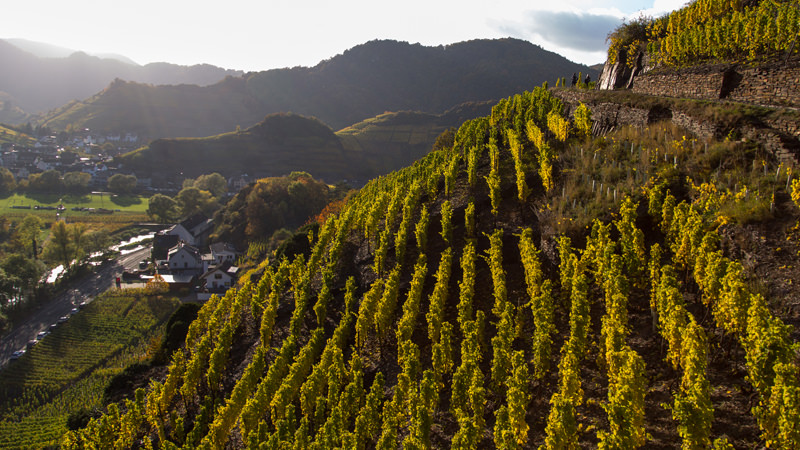
Alsace
Alsace’s history is plagued with conflict, owing to its precarious location on the border of France and Germany. While now a part of France, the region’s Germanic history is evident in everything from town names to cuisine to style of wine produced. Riesling leads the way, with Gewürztraminer, another German variety, also prominent.
Geographically, the region’s most important feature is the Vosges mountain range, which provides vital shelter from westerly rain and maritime winds. In the foothills where grapes are grown, there are more than 13 types of soil, resulting in an interesting mix of terroirs.
Alsace’s temperate climate and low rainfall are ideal for growing quality Riesling grapes, allowing a prolonged period of maturation that can even carry on into November. The classic regional style is dry, highly acidic, and displays intense aromas of citrus fruits and white peach, as well as floral and mineral notes.
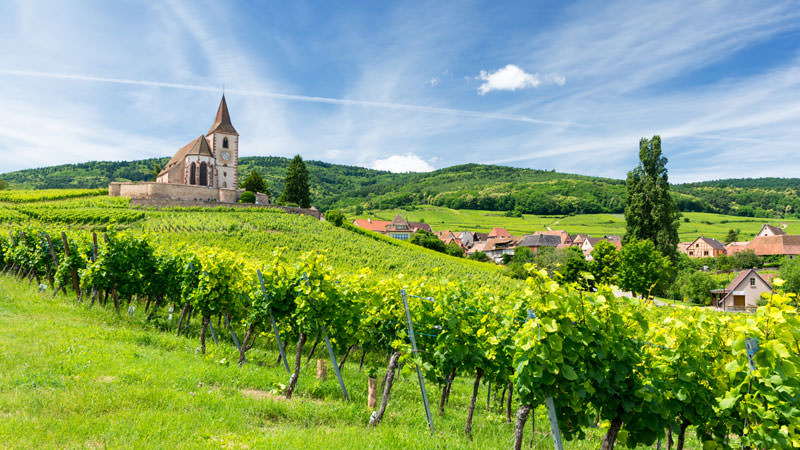
Austria
Austrian Riesling production is relatively small but of excellent quality (the grape plays second fiddle to the country’s indigenous Grüner Veltliner variety). The nation’s climate is warmer than its northwesterly neighbor, Germany, producing fuller-bodied wines higher in alcohol. Nevertheless, they remain every bit as pure and full of terroir-driven character as anything grown in the Mosel and beyond.
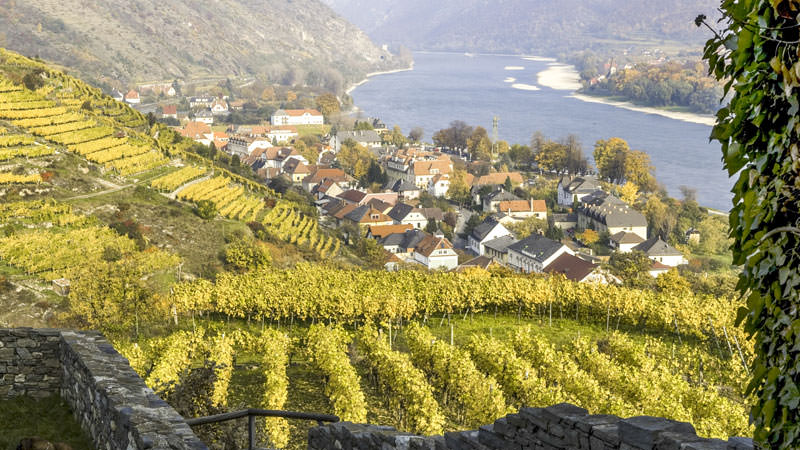
Australia
Australia might not seem like the ideal location for a cool-climate-loving grape like Riesling, but the aromatic variety has been widely grown in the country for over 150 years.
In South Australia, the grape thrives in the relatively high altitudes of the Clare and Eden Valleys, where cool nights preserve acidity. In Western Australia, in the Great Southern region, Riesling production is made possible by cooling sea breezes.
Australian Rieslings drink well young but can also age just as well as their old-world counterparts. The texture of wines produced in this warmer climate is occasionally described as oily, owing to a notable alcohol content and relatively full body. The best examples are lime-driven with white flower notes and, when aged, develop a range of toasted honeycomb aromas.
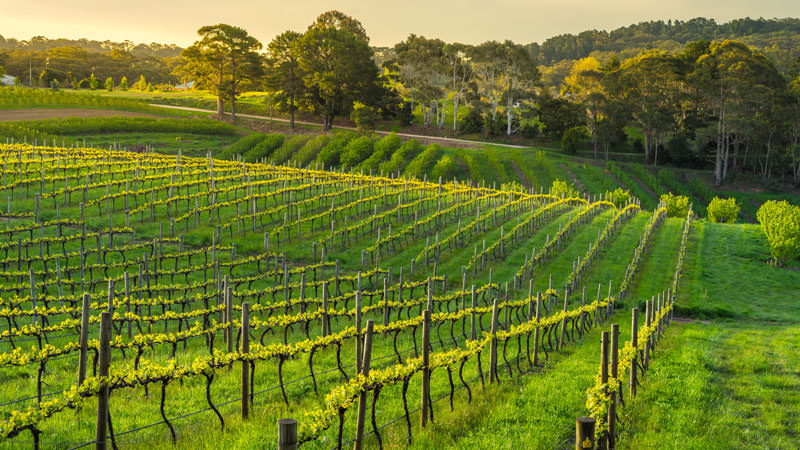
New Zealand
New Zealand is gaining prominence as a quality region for Riesling production, offering a range of styles from bone dry to lusciously sweet. In comparison to nearby(ish) Australia, New Zealand Riesling is more delicate: light and full of minerality in the cooler South Island, while richer and fuller in the North.
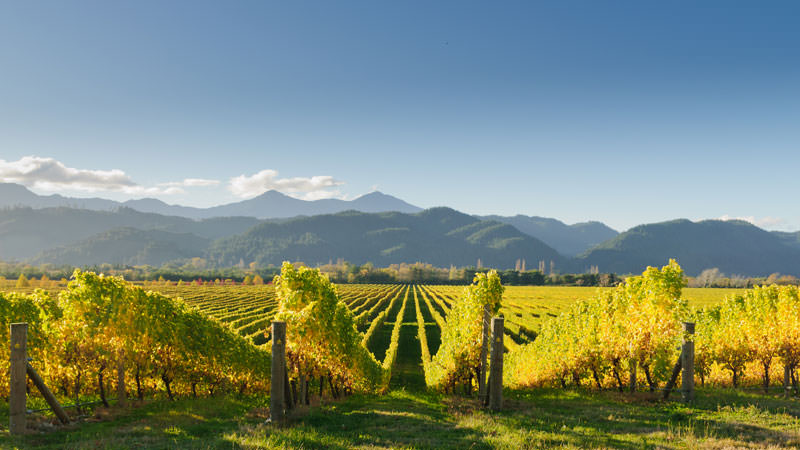
United States
Riesling production in the United States mainly takes place in the Finger Lakes region of New York and the Pacific Northwest.
New York Riesling is generally dry and dominated by minerality and a mix of white peach and citrus flavors. Riesling-based ice wine is also produced here.
In Washington State and Oregon, Rieslings can be dry or sweet and are typically light and easy-drinking. Their characteristic freshness makes them an ideal match to the region’s stellar local seafood. Washington State it the nation’s largest Riesling producer, with over 5,000 acres of vineyards planted.
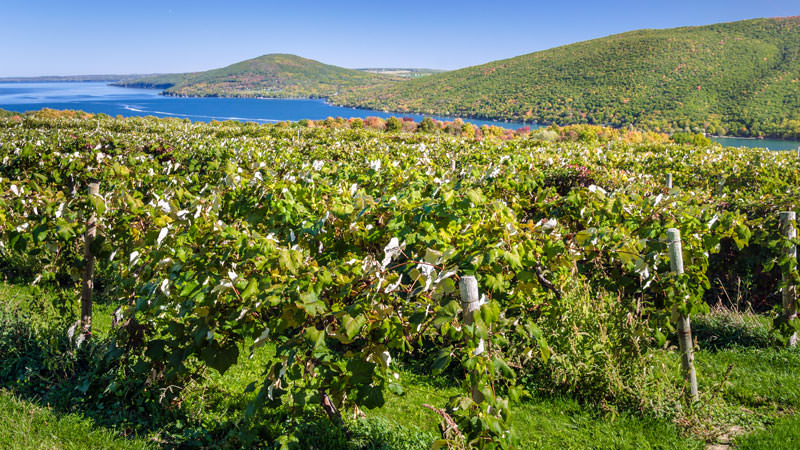
Canada
While Canada may be associated with stunning ice wines, it also makes high-quality dry Riesling. It benefits from 30-year-old vines that produce clean, citrus, and green-fruit-flavored wines. The majority of production takes place in Ontario in the eastern Great Lakes region, and in British Columbia on the Pacific Coast.
